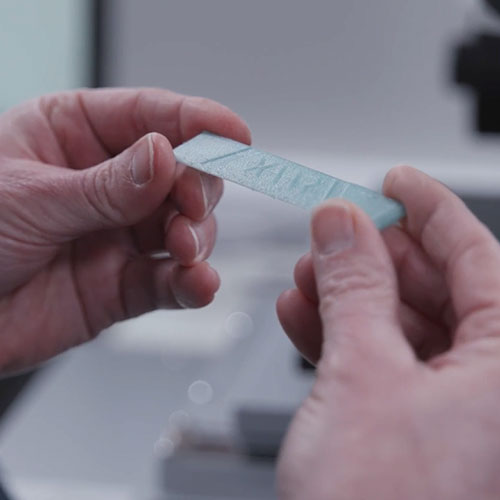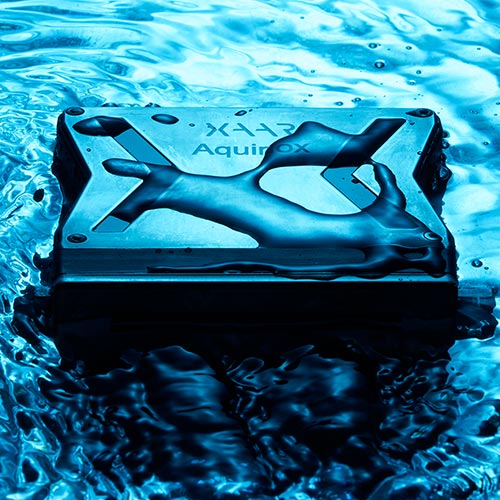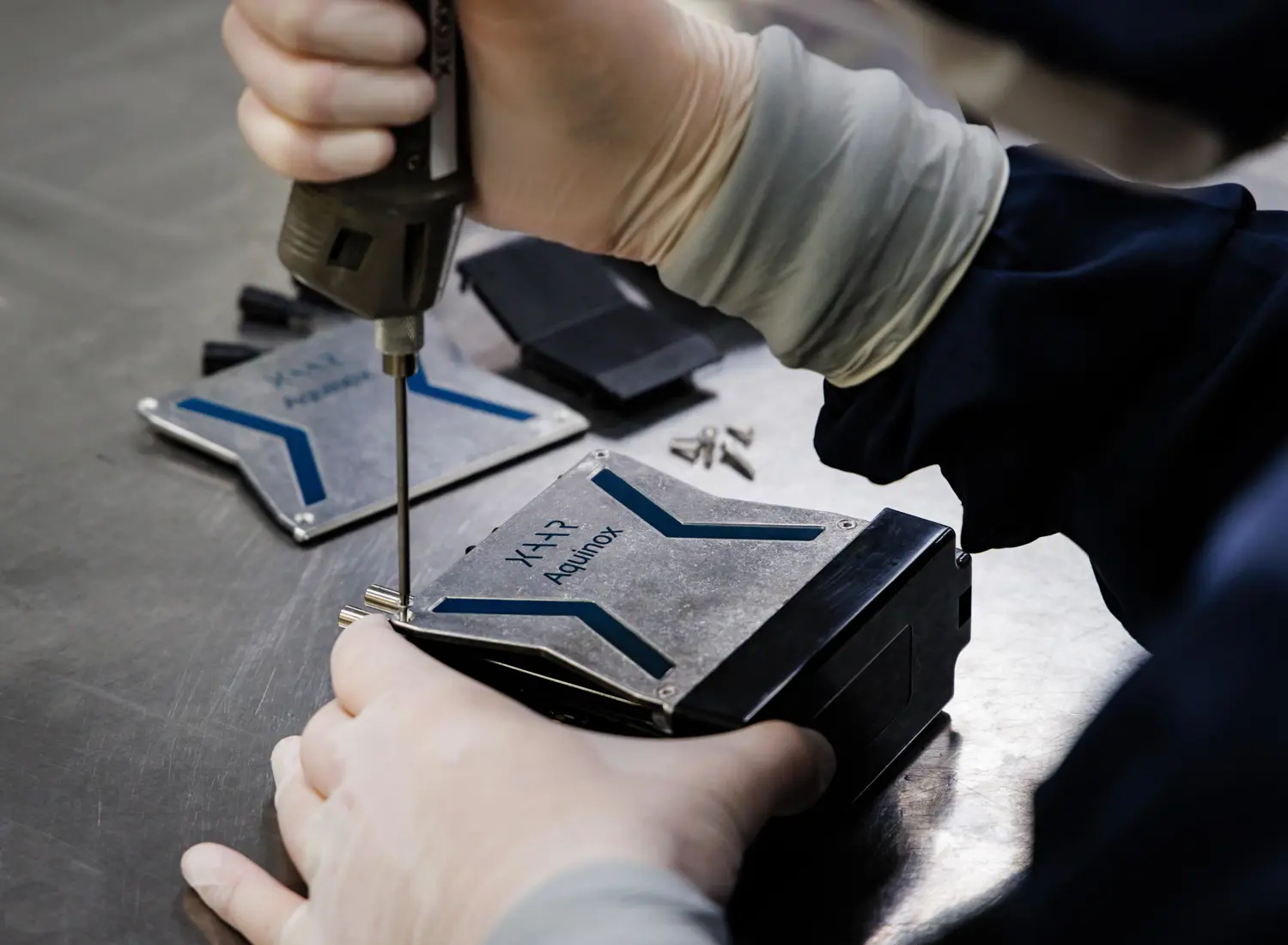Innovation
Encouraging more sustainable approaches to design, manufacture, technology and collaboration across the whole product lifecycle

Areas of focus
- We will work to develop energy solutions for our key markets
- We will optimise our material choices to improve sustainability
- We will investigate End-of-Life product collection to improve the recycling and re-use opportunities
Sustainability through R&D
Sustainability and efficiency are fundamental drivers of our R&D strategy. We want to anticipate customer challenges and develop inkjet technologies that create real-world value by addressing reliability, efficiency and sustainability hand-in-hand.
While developing our Ultra High Viscosity Technology, we knew we needed to translate it into tangible benefits for customers. This led to the creation of our DIVA project – Demonstration of Increased Viscosity Advantages. Through extensive research, testing, and collaboration with ink manufacturers, we found that the technology delivers a clear sustainability advantage as well as cost savings for customers.
In collaboration with Swansea University’s Welsh Centre for Printing and Coating, we worked on a peer-reviewed study, published in the Journal of Coatings Technology and Research. The findings confirmed the transformative impact of our Ultra High Viscosity Technology and our Xaar Aquinox printhead when combined with innovative high viscosity water-based fluids developed by Nazdar. With access to a broader range of ingredients thanks to our technology, ink chemists at Nazdar were able to develop these advanced fluids to unlock a new world of possibilities.
We also hosted our ‘Seeing is Believing’ Open Day in November 2023, to demonstrate these advantages to our customers and partners. Key takeaways from the research included:
- Colour density increased by up to 67% on coated white corrugated substrates, enhancing vibrancy and print quality.
- Lower ink consumption, with high viscosity fluids requiring less ink to achieve the same intensity.
- Reduced drying energy, thanks to the minimal absorption into substrates.



